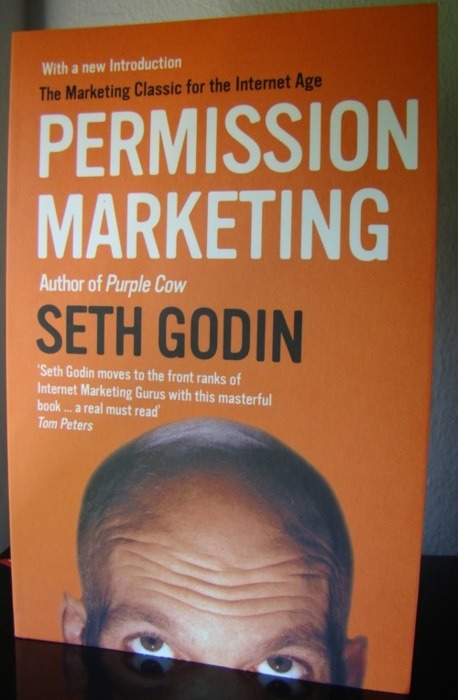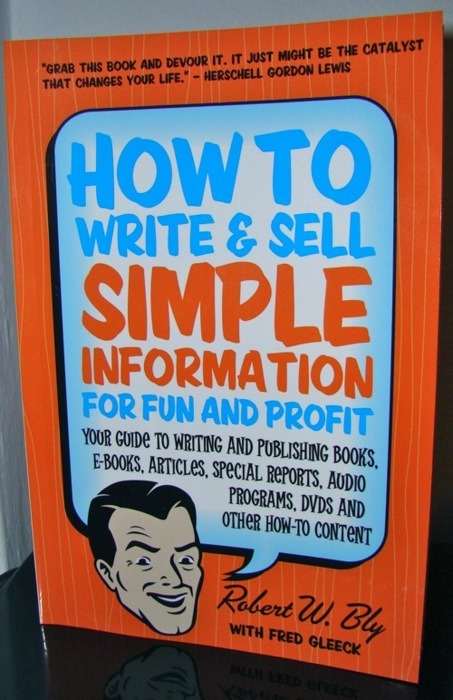
What is it about?
You heard of Search Engine Optimization (SEO) but don’t really know what is about? No problem, Jennifer Grappone and Gradiva Couzin will help you to start your SEO campaign and execute it successfully.
What can I learn?
Choose and use your keywords: If you want to be found when someone is searching for water bottles, you have to write about water bottles. This is a fundamental step. A good tip for selecting keywords is using composed keywords, e.g. plastic water bottles or sports water bottles. Over the time search queries increased in length. The average query is now about four words long.
Create Buzz: A major attribute of good search ranking are backlinks. Create content people want to link to. Create Buzz. Write things that people want to share. How-to lists, Top X lists, videos and pictures/infographics.
Measure your success: You can’t control what you don’t measure. Start using a simple analytics software like Google Analytics. This allows you to see how many people visited your site, which sites and where did they come from. However, don’t be discouraged if your traffic isn’t roaring immediately. Everything takes time.
Conclusion
Search Engine Optimization: An Hour a Day is a very basic text which is appropriate if you never read about or done some SEO. The authors present the key principles neatly structured and allow you to follow a plan to increase your search engine ranking. In conclusion, if you’ve never done anything with SEO or don’t have much time, this is a book for you.


